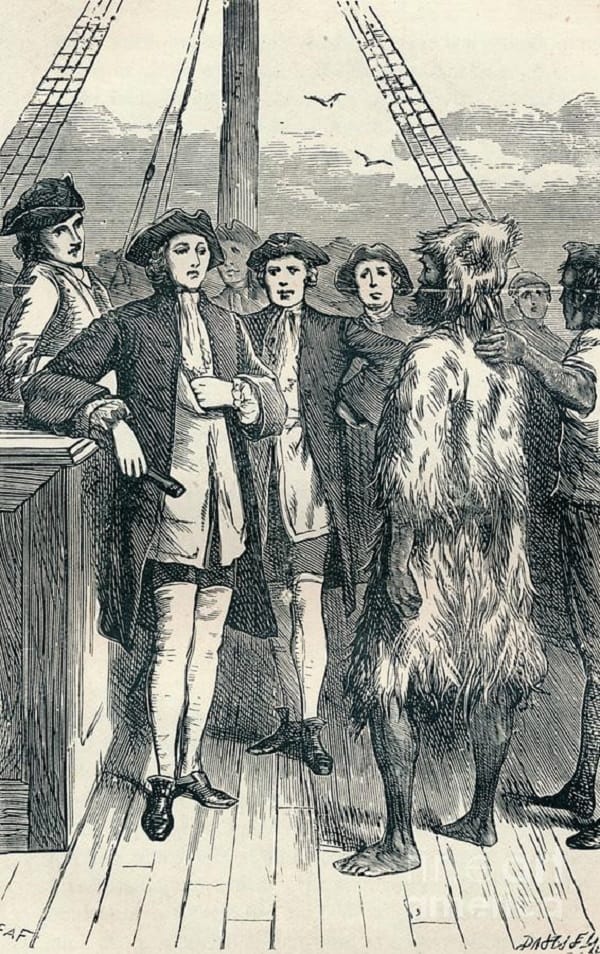
ADVERTISEMENT - CONTINUE READING BELOW
The Real Robinson Crusoe
When Captain Stradling called Selkirk’s bluff and landed him in the uninhabited Mas a Tiera, now Robinson Crusoe, Island, Selkirk repented and begged to be taken back aboard ship. A gloating Captain Stradling refused, and sailed on, leaving Selkirk behind. As things turned out, Selkirk had been right. The Cinque Ports was unseaworthy, and foundered off the coast of what is now Colombia. Most aboard drowned, and the few survivors were taken prisoner by the Spanish, then at war with Britain, and endured years of privation and torture. Unaware of his (relatively) good fortune, a despondent Selkirk set about to survive as a castaway. At first he stayed along the shoreline, barely surviving on lobsters and scanning the horizon in hopes of rescue by a passing ship. No rescue came, and eventually, thousands of sea lions congregating for mating season on the shoreline forced him into the island’s interior.

ADVERTISEMENT - CONTINUE READING BELOW
Food was more plentiful inland: turnips, spices, and most importantly, feral goats. When he ran out of gunpowder for his musket, Selkirk chased the goats on foot and wrestled them to the ground. They provided him with meat, milk, and skins for clothing when his clothes were reduced to rags. Rats pestered and gnawed at him as he slept, until he tamed some feral cats that kept the rodents at bay. To keep his mind engaged, he constantly read his Bible, and sang hymns. Two ships stopped by the island, but both were Spanish enemies, and Selkirk had to hide when their crew came ashore. He was finally rescued by a British ship in 1709, by which time he barely remembered how to speak. The story of his survival made Selkirk a celebrity, and eventually inspired Daniel Defoe to pen The Life and Surprising Adventures of Robinson Crusoe.

